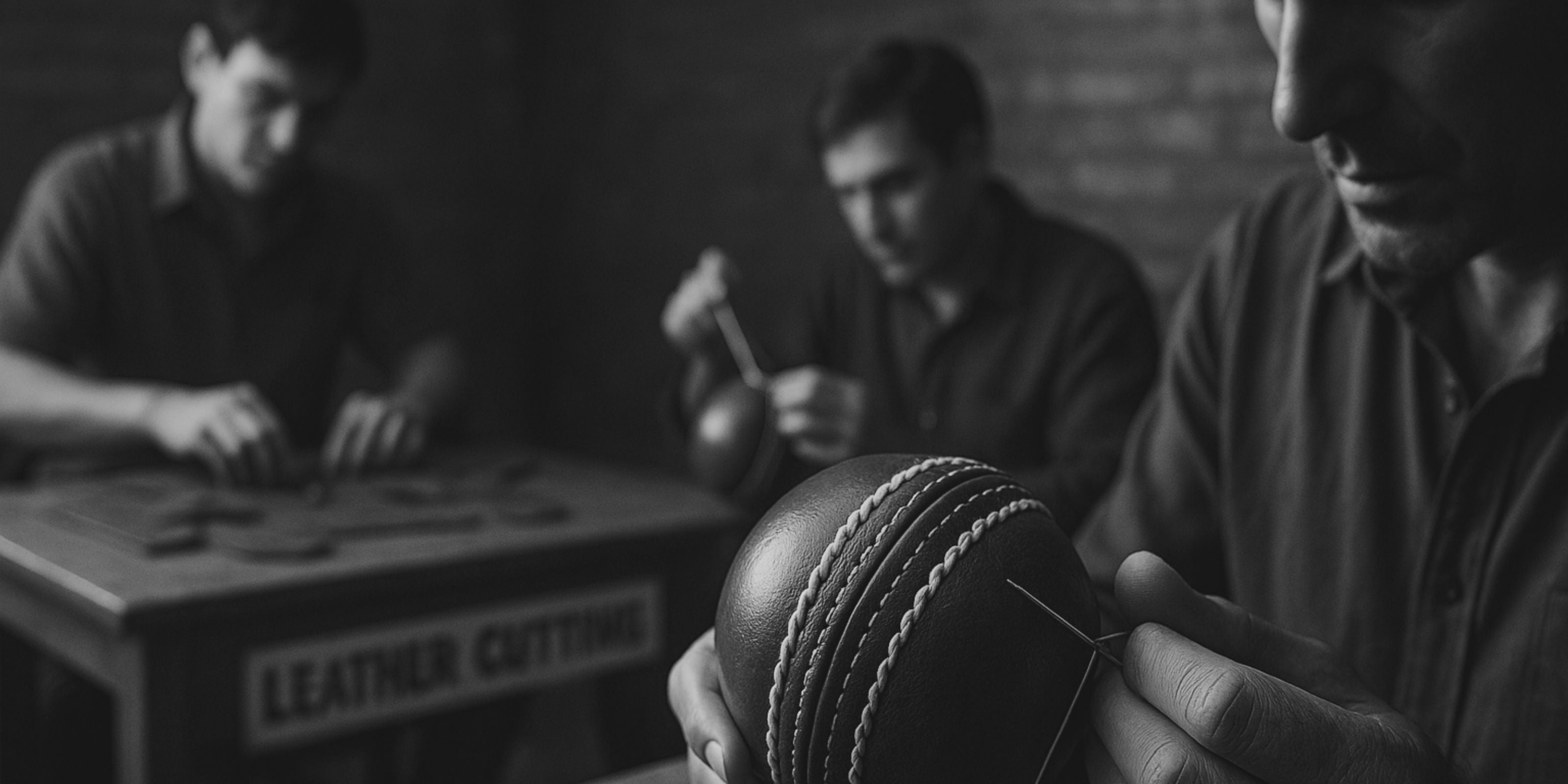
How a Cricket Ball is Made?
How a Cricket Ball is Made? Step-by-Step Process:
The cricket ball is a symbol of precision, craftsmanship, and tradition. Whether it’s swinging through the air, seaming off the pitch, or spinning sharply, every movement of the ball reflects the detailed care taken during its manufacturing.
But have you ever wondered how this small, powerful object is made?
In this blog, we break down the step-by-step process of making a cricket ball — from raw materials to the final product used in professional matches.
Materials Used
Before diving into the process, let’s look at the basic materials required:
-
Core: A cork or rubber center, sometimes mixed with layers of string
-
Outer Cover: High-quality, tanned leather
-
Stitching Thread: Strong linen or polyester thread
-
Polish/Wax: For finishing and protection
Step-by-Step Process of Making a Cricket Ball
Step 1: Preparing the Core
The heart of a cricket ball is its core.
-
The core is usually made from a cork ball wrapped tightly in layers of string or yarn.
-
Sometimes, a rubberized cork compound is used for better bounce and longevity.
-
The finished core must be firm, perfectly round, and lightweight.
Step 2: Selecting and Tanning the Leather
-
Premium quality cowhide leather is chosen for the outer cover.
-
The leather is vegetable-tanned to increase durability, hardness, and natural shine.
-
After tanning, the leather is dyed — typically red, white, or pink, depending on the ball type.
Step 3: Shaping the Leather into Cups
-
The dyed leather sheets are cut into four quarter-shaped pieces called “cups.”
-
These cups are moistened to make them flexible.
-
They are then pressed into half-spherical molds to create a perfect cup shape.
Step 4: Stitching the Ball
-
Two leather cups are placed around the core.
-
The cups are stitched together along the seam using hand-stitching or machine stitching.
-
The main seam typically has 6 rows of stitches in professional balls, providing better grip and swing.
-
Special thick linen or polyester thread is used to withstand the wear and tear during play.
Step 5: Pressing and Shaping
-
After stitching, the ball undergoes compression in a press machine.
-
This ensures the ball is perfectly round, uniformly dense, and meets the standard hardness.
-
Pressing also helps blend the stitching into the surface.
Step 6: Polishing and Finishing
-
The stitched and shaped ball is coated with layers of polish, grease, and wax.
-
This polish gives the ball its shiny, water-resistant finish.
-
The polishing process enhances the ball’s ability to swing and also protects the leather from wear.
Step 7: Quality Control and Grading
-
Every ball is weighed, measured, and inspected carefully.
-
Balls that meet strict professional standards are marked for first-class cricket use.
-
Others may be graded for club cricket, practice sessions, or training.
Interesting Fact:
-
A standard cricket ball weighs between 155.9 and 163 grams and measures 22.4 to 22.9 centimeters in circumference (as per MCC laws).
Why Handmade Balls Are Preferred
Handmade cricket balls, especially for professional use, are valued because:
-
They provide better seam integrity.
-
They maintain shape longer.
-
They offer enhanced swing and spin due to consistent construction.
Final Words
The craftsmanship behind a cricket ball is nothing short of an art. From selecting the finest leather to the delicate process of hand-stitching, every stage plays a crucial role in how the ball behaves on the field.
Whether you're bowling deadly outswingers, spinning it viciously, or driving it down the ground, the quality of the ball matters.
At Zee Sports, we honor this tradition by offering top-quality cricket balls crafted for both practice and professional play.


Leave a comment
This site is protected by hCaptcha and the hCaptcha Privacy Policy and Terms of Service apply.